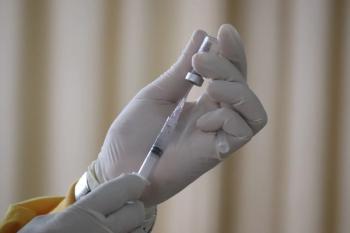A retrospective service-improvement review from a UK hepatology program found that one third of adults with chronic hepatitis B virus (HBV) infection were no longer engaged in specialist care, a gap that could hinder progress toward the World Health Organization’s 2030 viral-hepatitis elimination goals.¹
Among 1,539 HBsAg-positive patients diagnosed between June 2007 and December 2021, 32.9% (506) had no hepatology clinic visit after December 31, 2021; at last contact, >12% were HBeAg positive and 23.2% had elevated ALT, indicating risk for progression. Of 145 people still in catchment, 60 were reached by phone and 50 returned to clinic, re-engaging 10.07% (51/506) of the LTFU cohort. The leading reason for disengagement was high population mobility, with additional contributors including non-referral, administrative errors, and communication barriers spanning 65 languages among 474 individuals.¹
Investigators performed a retrospective case-finding and outreach exercise to identify HBsAg-positive adults who were lost to follow-up (LTFU), excluding acute infections. Records from 2007–2021 were reviewed, and individuals still residing locally were contacted by telephone to facilitate return to care.¹
Clinicians and programs can respond now by auditing registries to validate active status and flag overdue monitoring for HBsAg-positive patients, standardizing recall workflows that pair automated reminders with multilingual outreach and primary-care prompts, especially in high-mobility areas, and prioritizing higher-risk individuals (HBeAg positive or elevated ALT at last contact) for re-engagement; and tracking outcomes such as re-engagement rates and time to first follow-up to evaluate and refine recall strategies.¹
Limitations include that findings reflect a single center and rely on historical records; some patients may have transferred care elsewhere without documentation. Telephone outreach also limits reach in highly mobile populations.¹
In a past interview, Anu Osinusi, MD, MPH, vice president of clinical research at Gilead Sciences summarizes trial data on 2 HBV vaccines the company is developing.















































































































































































































































































